The 5 Minute Guide to Mastering Baitcast Reels
2 Adjustments That Make All The Difference
The choice of most bass anglers, baitcast reels are becoming an essential tool in the bass fishing arsenal. While most seasoned bass anglers rather use this type of reel, those new to the sport usually stay away from them. Baitcast reels can be intimidating and really have a bad reputation as being difficult to use. But once you learn how to setup a baitcaster it could become your go-to reel in several bass fishing situations.
These reels are more complex than spincast and spinning reels but with some practice and two critical adjustments they can be tamed and could possibly be your best tool in catching a boat load of bass. But ultimately that's for you to decide. Read on to see how to adjust a baitcaster to make your fishing life easier and more productive.
Challenges of Baitcast Reels
So what makes these reels so intimidating? The thing you'll hear the most is problems with the dreaded backlash. I believe if you can get a handle on this problem there would be more people using these reels. To resolve this problem, we'll take a look at how baitcasters work and the proper way to set them up. When you know this then you'll know why backlashes occur and lessen the chances that you will be picking line from your reel instead of fishing.
Understand How They Work
Let's take a look at the two most critical components of baitcast reels to understand how they work or for some, don't work.
The tension knob applies tension to the spool to either let the spool spin or keep it from spinning. This is the precast adjustment.
The next component is the brake. They come with either a magnetic or centrifugal brake. This is in play during the cast.
Backlash occurs when the spool over runs the cast or continues to spin after the lure has met with resistance as it is traveling. This most often happens when it hits the water but can also happen on a windy day where the wind is what provides that resistance. To lessen the chance of backlash you need to properly adjust your tension and brake.
Did you know that you customize your baitcast reel?
The 2 Adjustments You Must Get Right
Spool Tension
Now that you know how it works, its time to adjust your baitcast reel. Any time you tie a new lure on, you should adjust the tension. Hold your rod out at about 10 o'clock and loosen the tensioner until your lure drops slowly to the ground, then move back just a click. It should take just an easy, soft shake to get the lure to drop from the tip of your rod. Your reel is now properly tensioned.
Brakes
Higher end reels usually have a centrifugal brake while the less expensive ones have a magnetic braking system. The popular opinion is that reels with centrifugal brakes are easier to set and control, therefore easier to use. But don't take this as gospel. I still wouldn't go out and spend $200 on a reel with centrifugal brakes to start with when you can get a good reel with a magnetic brake at a price that's easier on the wallet and learn with that. In the end if you can't set the brakes correctly your going to have backlash problems be it magnetic or centrifugal.
To adjust the brake, for centrifugal brakes, push the tabs out to apply the brakes. Push the brakes in to turn the brake off. The brakes should be set in a way that distributes the braking pressure evenly. In other words, if you turn one on, you need to turn on the one directly across from it. You can use three by turning on in a triangle. Anyway you do it, they need to be applied in sets. Set to your comfort level.
If you are experienced at "thumbing" the spool to slow it down then you will probably need less brakes. I recommend starting with 4 and then working your way down until your reel starts giving you problems.
For reels with magnetic brakes, simply move the dial to a higher setting to apply more brake.
There are also some "hybrid" reels that have a combination of magnetic and centrifugal brakes. Check out this one that is highly rated.
Practice your cast. Start with short casts to make sure your getting the response you are looking for. Watch what your spool does as you cast out. Does it look like the line is about to backlash? Adjust and keep casting. Short cast can be done in your backyard. At this point you are working on control. You can practice with an actual lure without the hooks if you like or just tie on a nut you have sitting in the garage. They sell casting plugs that you can use for practicing this way you can practice with a specific weight that is identical to the weight of lures you want to use.
To get the most out of baitcast reels you should make sure they are spooled full of line. A baitcaster that is not full will not work as advertised. For instance, it will take more cranks to reel in the line and casting distance could be affected.
Using a baitcaster is a learned technique that can only come with time, both on the water and off. Be patient, adjust your reel correctly and soon or later you'll get the hang of it.
What's Next?
- If you find this article helpful please share with your friends by clicking on one or more of the social network icons.on the page.
- Sign up for the BFS Newsletter and get free downloadable tip sheets to help you catch more bass.
Read more on bass fishing reels.
Go from baitcast reels setup to the Bass Fishing Home Page
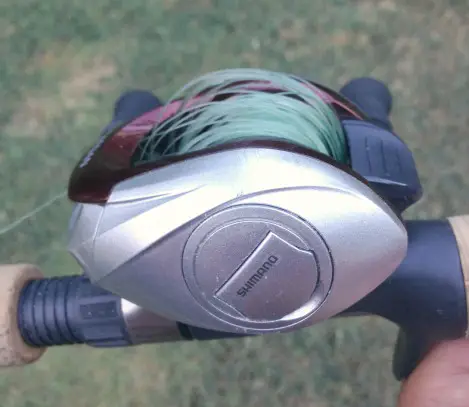
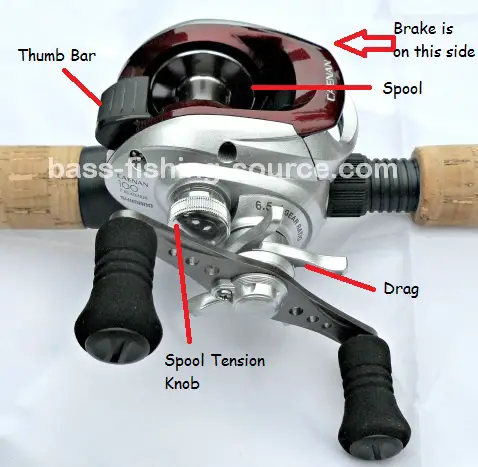
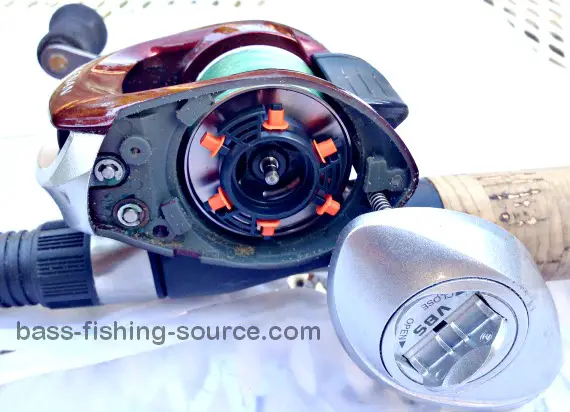
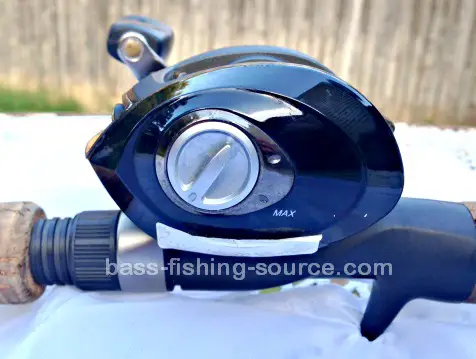
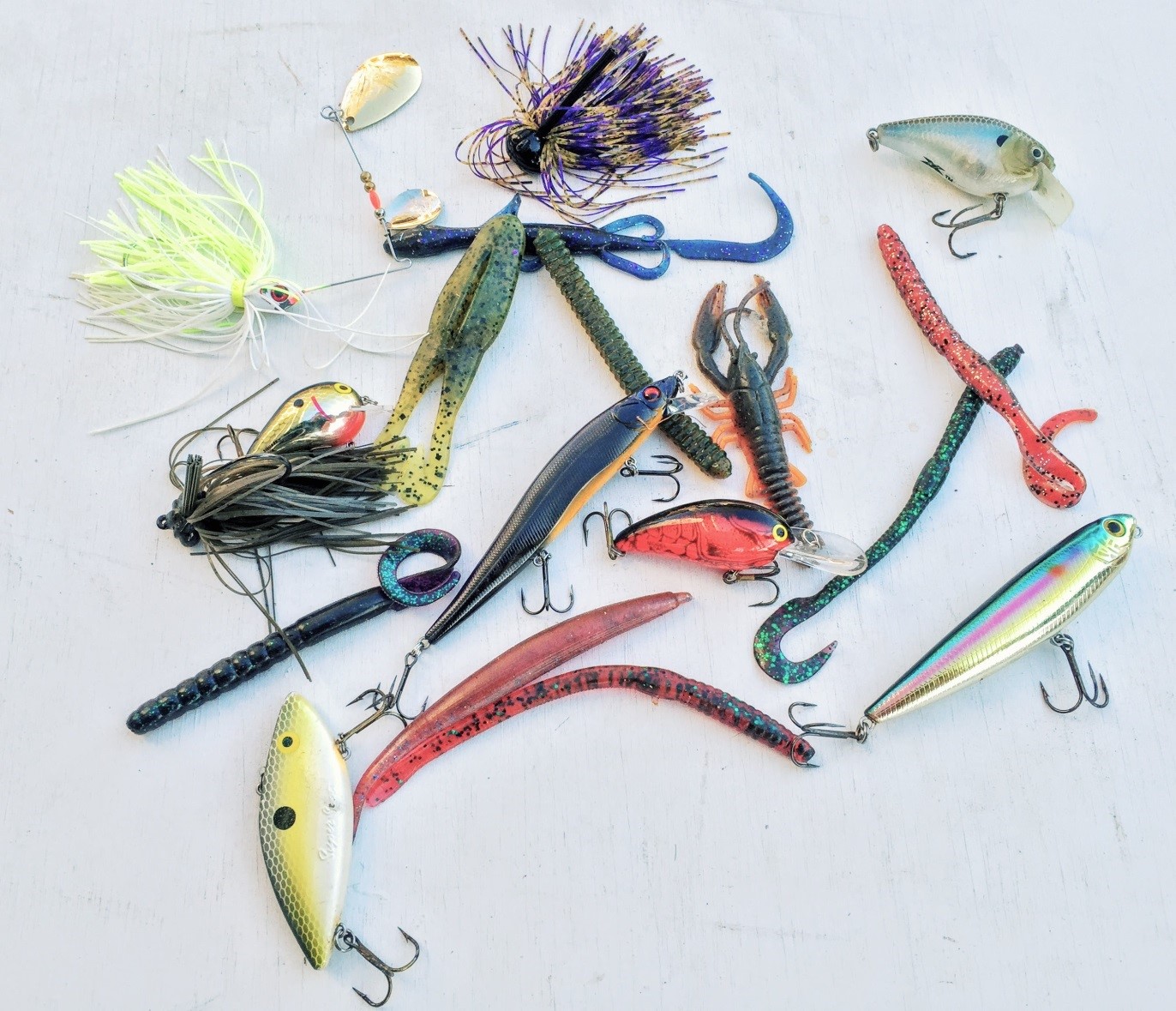
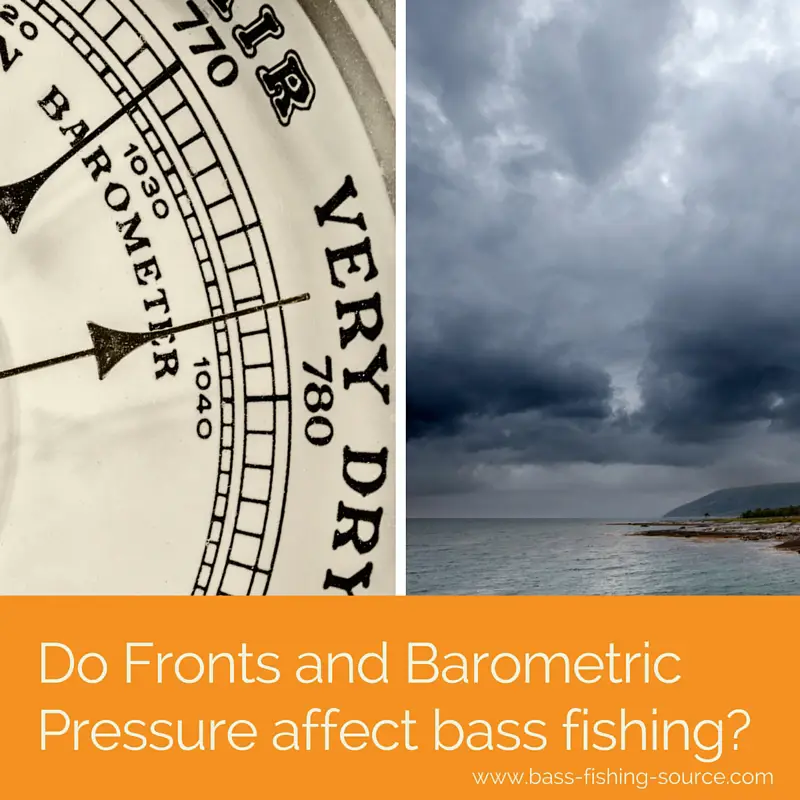

New! Comments
Let us know what you think! Leave us a comment in the box below.